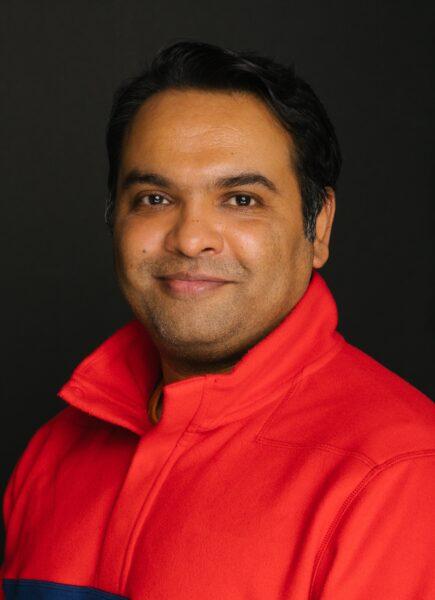- Why Is Cell Line Development Crucial For Biologics?
- How To Fight Obesity?
- Adopting AI In Behavioral Health Practices: Three Factors for Success
- Alleviating the Prior Authorization Headache
- Assistive Devices and Technologies for Traumatic Brain Injury Victims
- Can Patient Care Be Powered By AI? Healthcare That Focuses On Quality Care
- Reform In AI Oversight – How the Healthcare Sector Will Be Impacted
- Great Expectations: What Health Systems Want from AI Vendors
- Battling Physician Burnout with Collaborative Care
- A HIPAA-Compliant Path to Efficiency and Relief with Telehealth
- Intuity Medical’s POGO Automatic, the First and Only FDA-Cleared Automatic Blood Glucose Monitor, Now Covered by Medicare Part B
- Concerns and Uncertainty In the Wake of Sweeping HTI-1 Rule
-

Looking Ahead: Precision Medicine Solutions Hold Increasing Promise for Healthcare Businesses
Precision medicine encompasses a broad spectrum of technologies, sciences, and programs that emphasize tailoring medicine to the individual. These capabilities can empower clinicians to optimize treatment pathways and drastically improve patient outcomes, but the healthcare […]
-

No Surprises Act in 2024: What’s Been Accomplished and Where We’re Headed with Price Transparency
By Derek Reis-Larson, senior vice president, claims pricing services, MultiPlan. Medical costs continue to vary widely by location, provider, and coverage type, making it difficult for patients to understand the true cost of care and […]
-

MDaudit Enhances Billing Compliance And Revenue Integrity Platform with AI Capabilities
MDaudit, an award-winning provider of technologies and analytics tools that enable premier healthcare organizations to minimize billing risk and maximize revenues, announced today it has elevated the artificial intelligence (AI) and automation capabilities of its […]
-

The Revolutionary Impact of Healthcare Mobile Apps In Remote Regions
By Amy Groden-Morrison, vice president of marketing and sales operations, Alpha Software. In an era where technology intersects with health to create impactful solutions, healthcare mobile applications are proving to be a lifeline in remote […]
